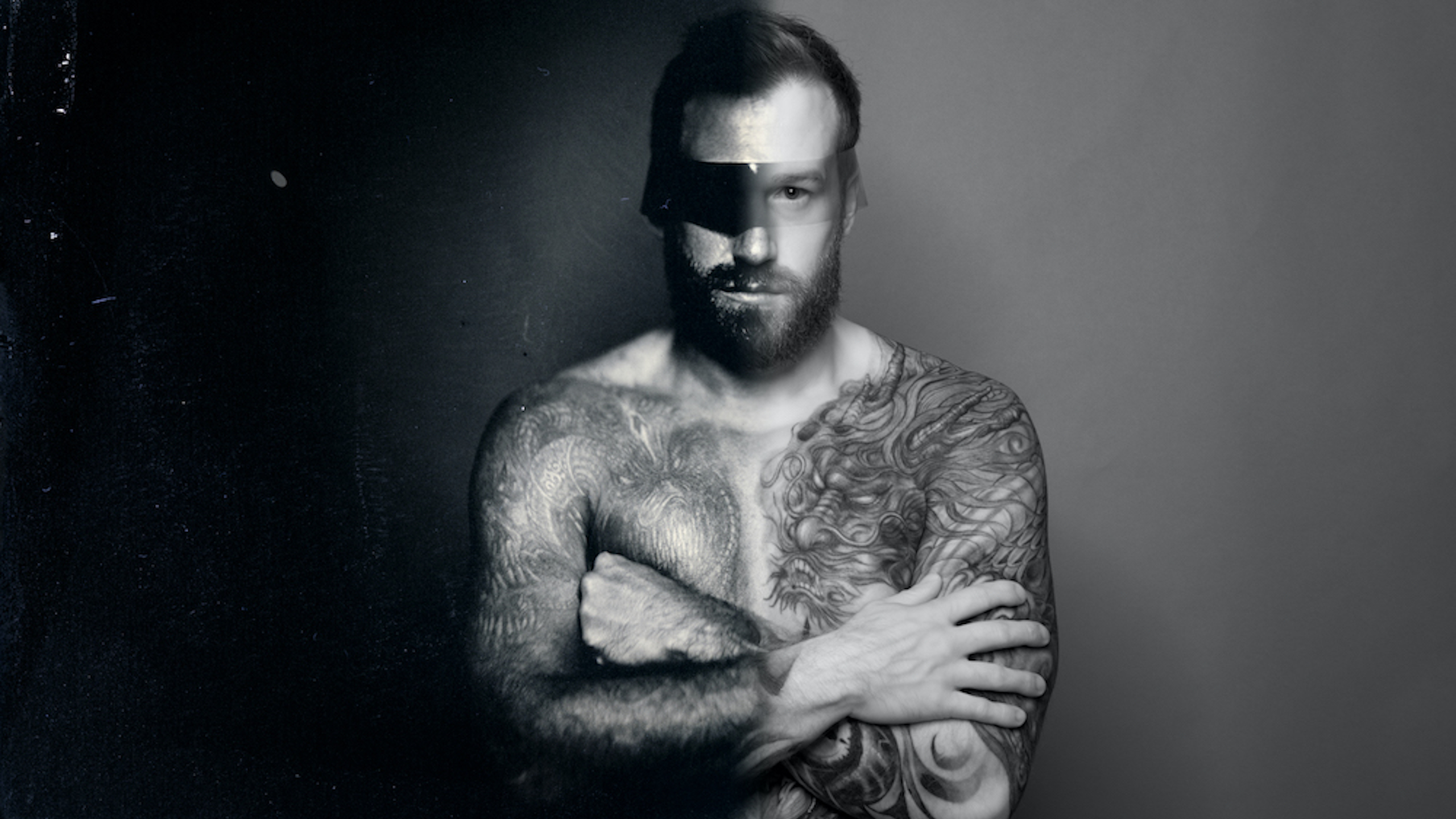Apart from film photography, I also have a strong interest for other traditional photographic processes like wet plate photography. I’m excited by the fact that this centuries-old process is still kept alive today, albeit by select individuals.
Among them is Austrian photographer and wet plate artist Markus Hofstaetter, who actively promotes, practices and teaches the craft. One of his most interesting projects so far is a collection of wet plate portraits that makes clever use of non-visible light to help us visualize division.
For the unfamiliar, wet plate photography, or wet collodion, involves coating and sensitizing a glass or metal plate using a collodion emulsion (a mixture of soluble iodide and cellulose nitrate). Then, it’s immersed in a silver nitrate solution to create silver iodide. Once it’s exposed, it’s developed shortly afterward in a darkroom.
The entire process should be completed within 10 minutes, or before the plate dries, because by then it would be waterproof and the developing solution won’t be able to penetrate it.
Working with invisible light
For his “Division” project, Markus made clever use of invisible light from both ends of the visible light spectrum: UV light, which is too short for us to see, and infrared light, which is too long for us to see. Wet plate photography is only sensitive to UV light, while the Pentax digital camera he used was modified to capture infrared light only. He also shot on film with a Rollei Ortho 25 film, which is UV-sensitive, and a Rollei Infrared 400 film.
This project wasn’t easy to pull off since he was working with multiple mediums and focal lengths. He also had to adjust all the settings and account for the position of the tripod and external lighting power for each of his equipment.
I’m sure you’re already curious, so let’s first watch how everything went down in his video below:
Putting everything together
“I have the feeling people are more and more divided these days, that’s the reason I created these portraits,” Markus wrote on his blog post for the project. I find it impressive how he was able to use the technicalities of light and photography to communicate this idea and sentiment.
The resulting images are interesting on their own, but how he put everything together to demonstrate his concept made the entire project even more impressive. Since wet collodion and the Rollei Ortho 25 are UV-sensitive, everything blue-colored will look bright and anything red-colored will look dark. It’s the opposite for the digital infrared and the Rollei Infrared 400. When placed side-by-side, the images bring two different views of the same thing (represented by the digital color photo).

“On the left side the blindfold is blocking the sight — people cannot see clearly, the faded tattoos are standing for a faded reality and the fist shows anger and caginess. Where on the right side you see eyes that see through the blindfold, high contrast tattoos and an open hand that is ready to help and hug.”
Wet Plate
Rollei Ortho 25
Rollei Infrared 400
Digital Infrared
Digital Color
Wet Plate + Digital Color
Don’t forget to check out Markus Hofstaetter’s blog and YouTube channel for more of his impressive wet plate photography. This project is also part of the United Art Gallery, Markus’ initiative that encourage artists and photographers around the world to make a bigger creative response to today’s most pressing issues.
Photos used with permission
Source link









Leave a Reply